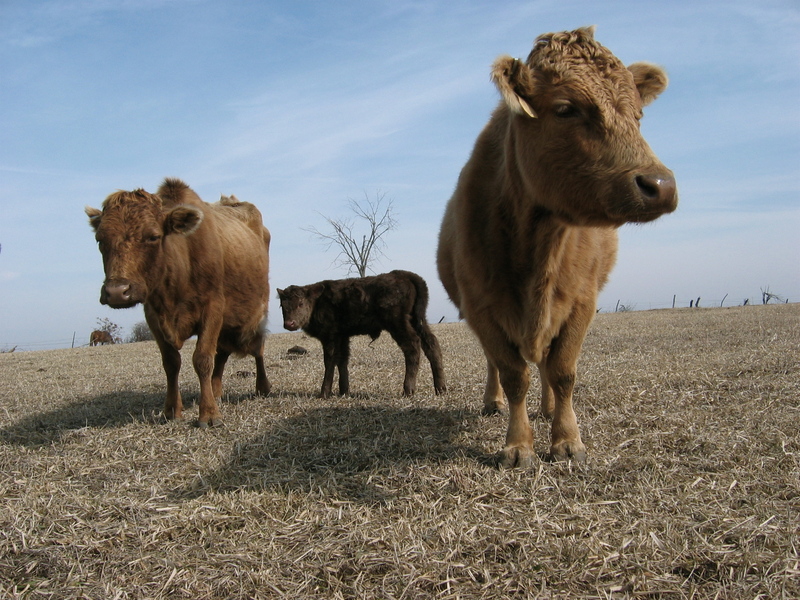Poultry is a major source of Campylobacter, which can cause foodborne bacterial gastroenteritis in humans. Additionally, poultry-associated Campylobacter can develop resistance to important antimicrobials, which increases the risk to public health. While broiler chickens have been the focus of many studies, the emergence of antimicrobial-resistant Campylobacter on layer farms has not received equal attention. However, the growing popularity of cage-free and organic layer farming necessitates a closer assessment of (1) the impact of these farming practices on the emergence of antimicrobial-resistant Campylobacter and (2) layers as a potential source for the transmission of these pathogens.
 Here, we showed that the prevalence of Campylobacter on organic and conventional layer farms was statistically similar (p > 0.05). However, the average number of Campylobacter jejuni-positive organically grown hens was lower (p < 0.05) in comparison to conventionally grown hens. Campylobacter isolated from both production systems carried antimicrobial resistance genes. The tet(O) and cmeB were the most frequently detected genes, while the occurrence of aph-3-1 and blaOXA-61 was significantly lower (p < 0.05). Farming practices appeared to have an effect on the antimicrobial resistance phenotype, because the isolates from organically grown hens on two farms (OF-2 and OF-3) exhibited significantly lower resistance (p < 0.05) to ciprofloxacin, erythromycin, and tylosin. However, on one of the sampled organic farms (OF-1), a relatively high number of antimicrobial-resistant Campylobacter were isolated.
Here, we showed that the prevalence of Campylobacter on organic and conventional layer farms was statistically similar (p > 0.05). However, the average number of Campylobacter jejuni-positive organically grown hens was lower (p < 0.05) in comparison to conventionally grown hens. Campylobacter isolated from both production systems carried antimicrobial resistance genes. The tet(O) and cmeB were the most frequently detected genes, while the occurrence of aph-3-1 and blaOXA-61 was significantly lower (p < 0.05). Farming practices appeared to have an effect on the antimicrobial resistance phenotype, because the isolates from organically grown hens on two farms (OF-2 and OF-3) exhibited significantly lower resistance (p < 0.05) to ciprofloxacin, erythromycin, and tylosin. However, on one of the sampled organic farms (OF-1), a relatively high number of antimicrobial-resistant Campylobacter were isolated.
We conclude that organic farming can potentially impact the emergence of antimicrobial-resistant Campylobacter. Nevertheless, this impact should be regularly monitored to avoid potential relapses.
Antimicrobial-resistant Campylobacter in organically and conventionally raised layer chickens
Foodborne Pathogens and Disease. September 2016, ahead of print. doi:10.1089/fpd.2016.2161.
Kassem Issmat I., Kehinde Olugbenga, Kumar Anand, and Rajashekara Gireesh

 best producers use techniques – regardless of political ideology – that fit best in their production system in their geographic location.
best producers use techniques – regardless of political ideology – that fit best in their production system in their geographic location.